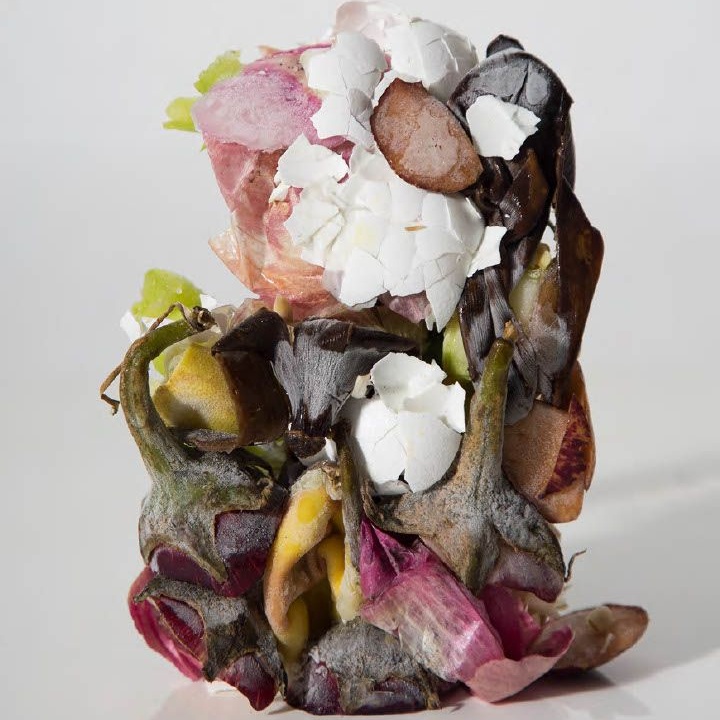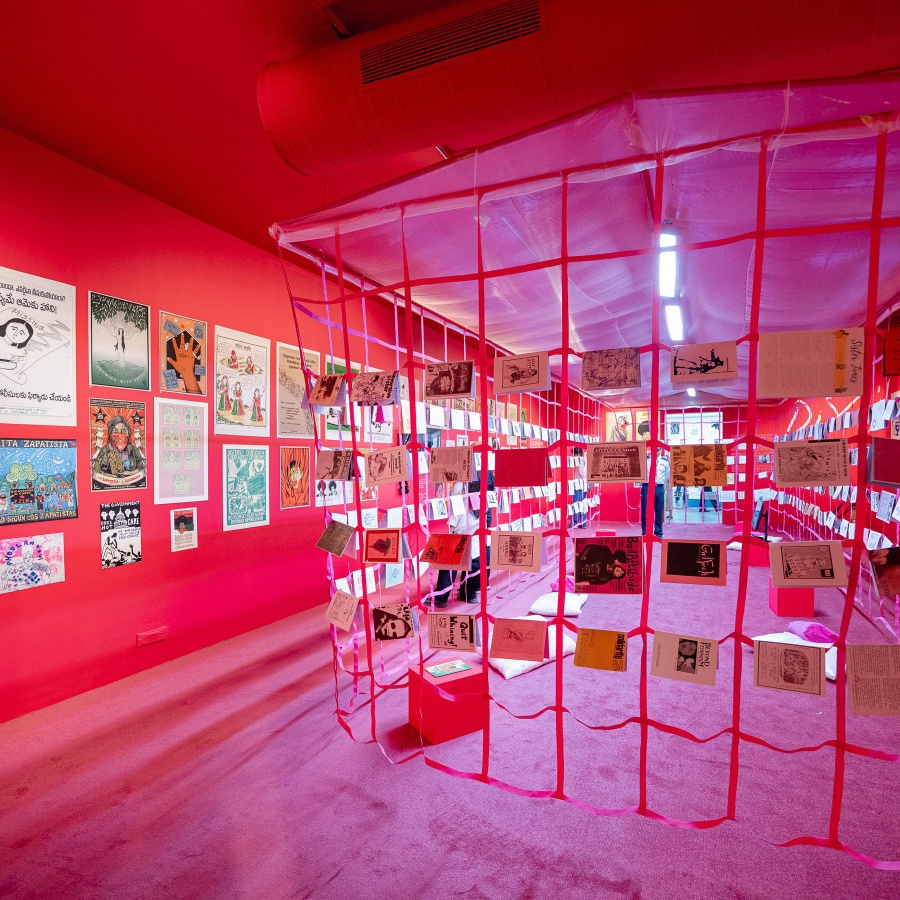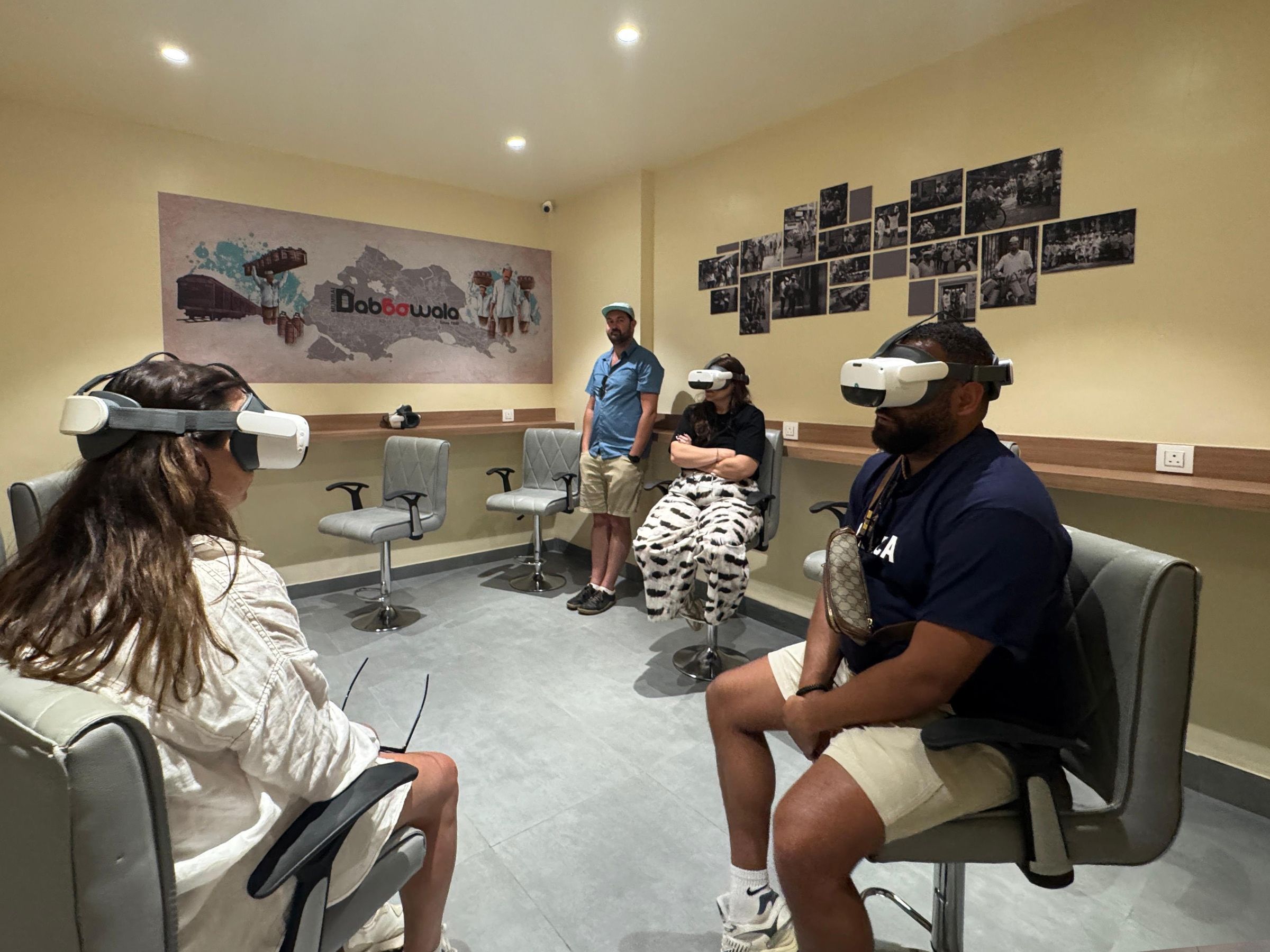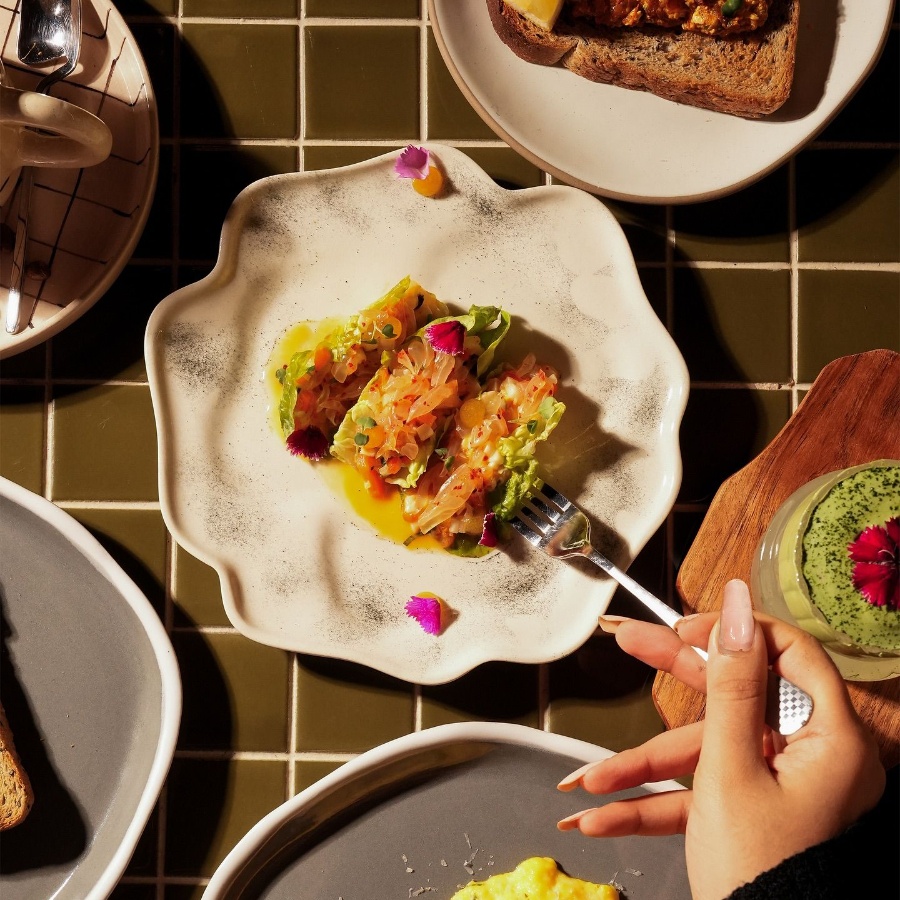Nearly a decade ago, installation artist Valay Shende’s 13-foot-tall, gold-coated, stainless-steel sculpture of Mumbai’s working-class lifeline, the dabbawala, was installed on Mumbai’s busy Haji Ali intersection. But it’s taken much longer for the purveyors of the oldest food delivery network to be honoured with a museum.
On a quiet cul-de-sac in Mumbai’s Bandra, a giant tiffin with a Gandhi topi perched askew stands sentinel outside the country’s first-ever experience centre dedicated to the city’s tireless dabbawallas. The entrance to the museum is flanked by a large mural dedicated to the men who have been ferreting out home-cooked food to Mumbai’s students and office workers for over a century.
Inside lies an immersive world of tiffins and time travel: the Mumbai Dabbawala International Experience Centre. Each section of this 3,000-sqft museum traces a different facet of this community. The journey begins in 1890 with the late Mahadeo Havaji Bachche, who formalised the small tiffin service he started by happenstance. Leaving his peaceful village of Vajavane for the bustle of Mumbai, Bachche worked for a Parsi banker. The latter craved hot, home-cooked food, and Bachche started picking up the banker’s hearty lunch from home in a tiffin box, delivering it to his office and returning the dabba after mealtime. This sparked the idea of the food delivery service
Across the experience centre, there are interesting anecdotes and memorabilia detailing the ingenuity the drives the entire operation. For instance, in the beginning the tiffins were identified by different-coloured threads. As Mumbai got denser, train routes expanded, and more people signed up for the delivery service, the dabbawalas began their revolutionary coding system to sort, deliver, and return the tiffin.
I marvel at how impeccable this delivery model is. Their error rate is as shockingly low as one in 16 million transactions, a six-sigma level of accuracy. They featured in a case study at Harvard Business School, and the model is taught in global management schools and corporations.
It’s fascinating to delve into this paradoxically complex yet simple analogue world in an age of algorithms, an enviable supply chain operating without technology, mobile phones, or paper. The secret sauce, it seems, lies in the colourful alphanumeric code painted on the tiffin, a language undecipherable to us but crystal-clear to the dabbawala; the code includes his name, station for pickup, drop location, specific building, and even the floor, among all sorts of nitty-gritties.












